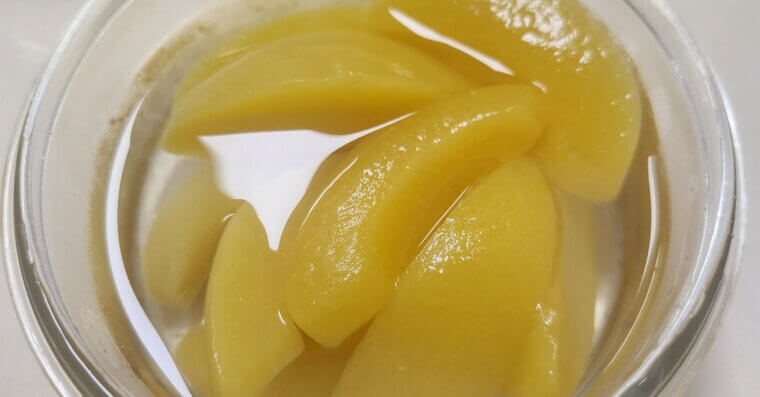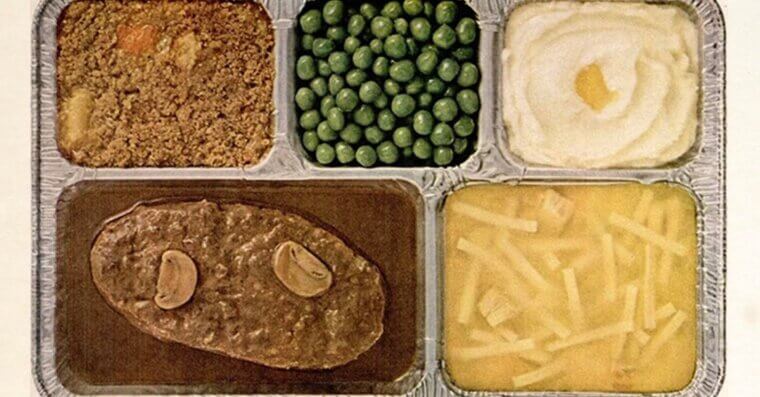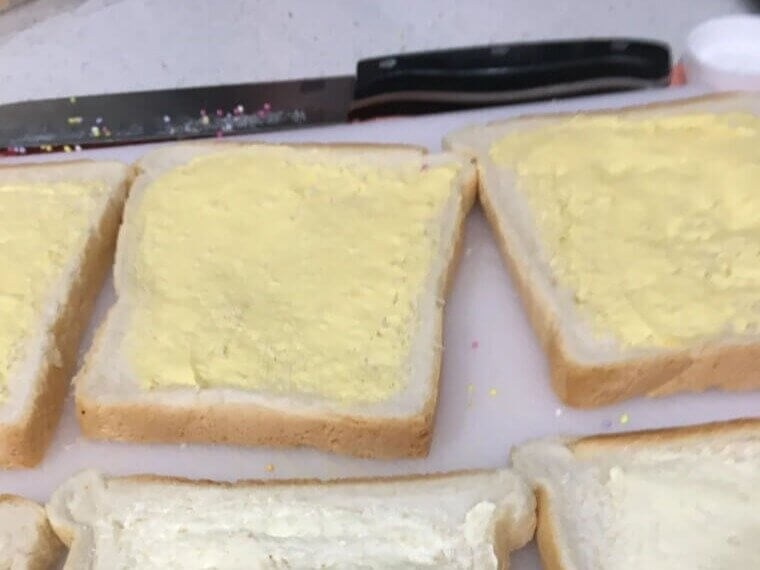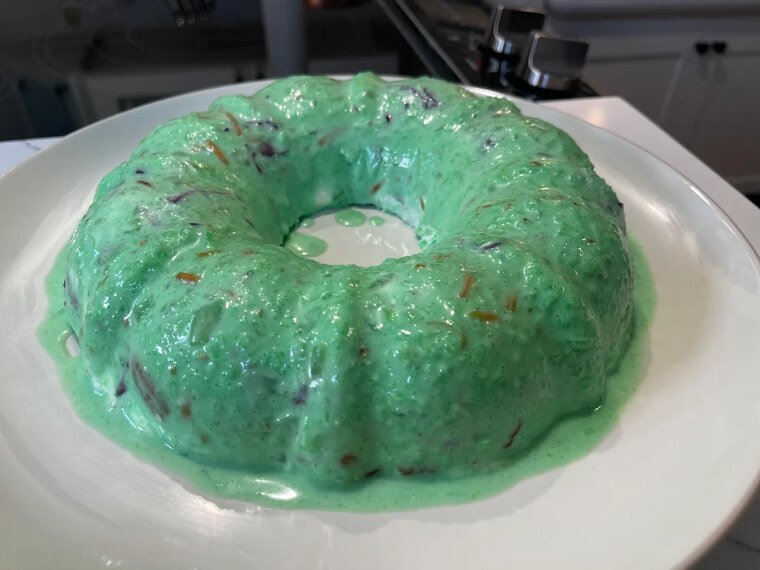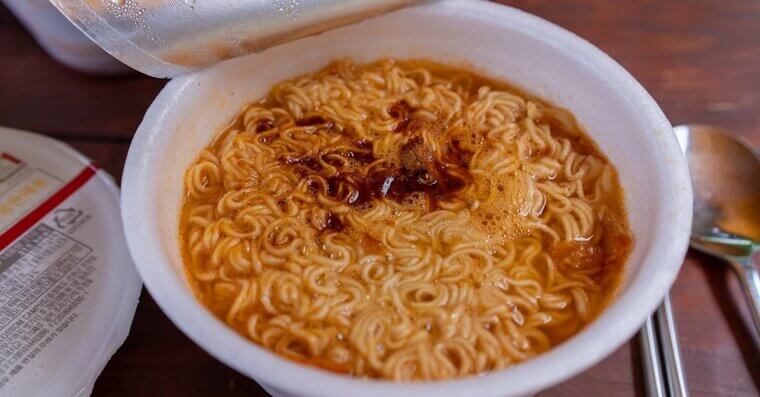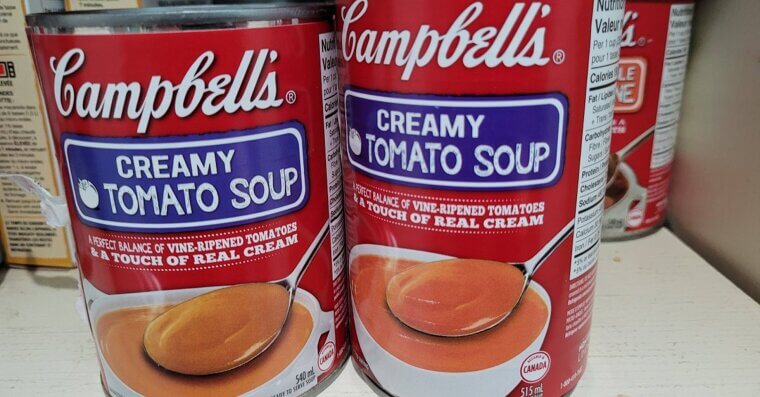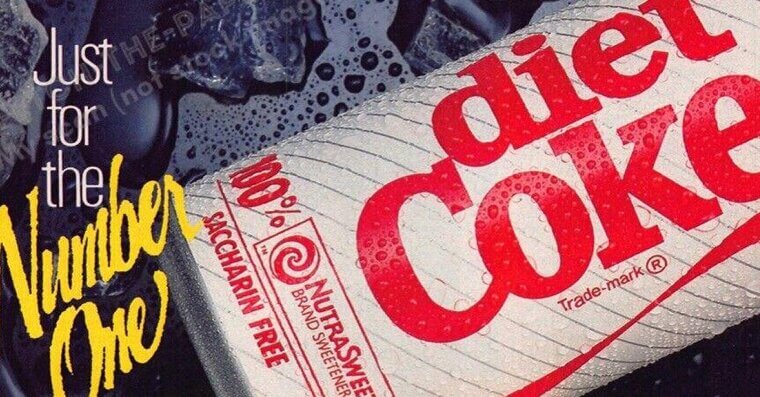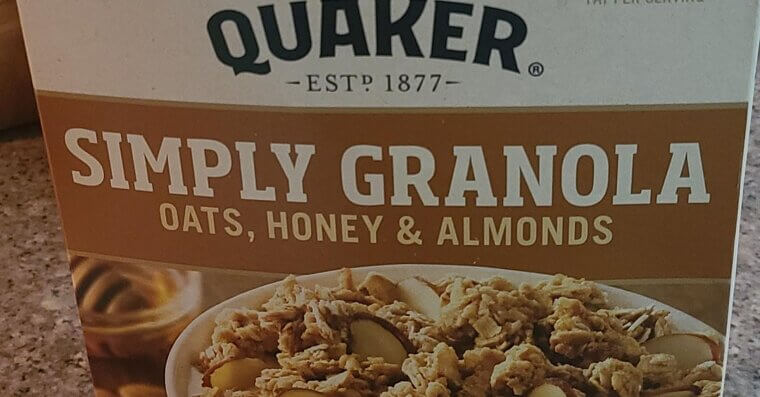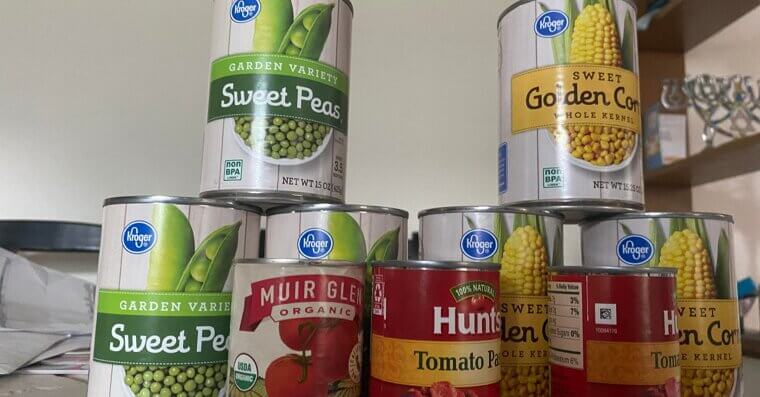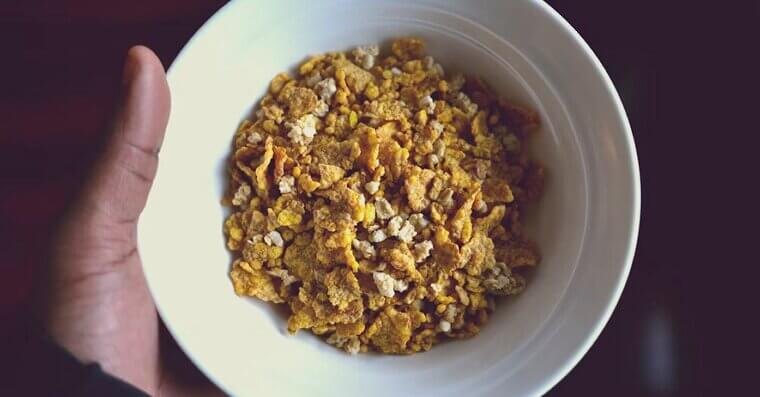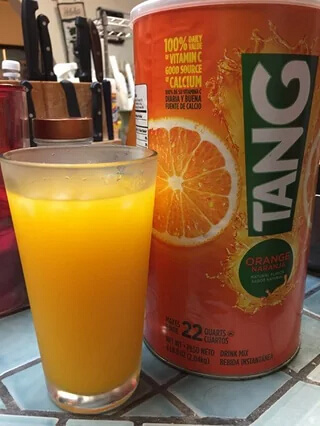When Doctors Get It Wrong
Back in the ’70s, nutrition advice looked a whole lot different than it does today. Doctors and dietitians genuinely believed they were steering people in the right direction, but some of the “healthy” foods they pushed were, well, not actually healthy at all. Some of them contained a lot of sugar that contributed to obesity and rotted people’s teeth. Here are 15 of the worst offenders.
Canned Fruit in Syrup
Back in the ’70s, canned fruit was pushed as a quick and easy way to get your health fix. The problem? Most of it was swimming in heavy syrup packed with sugar. Oops. What seemed like a wholesome dessert actually spiked blood sugar and added empty calories. Best to leave this one as a sometimes treat.
TV Dinners
Doctors once thought portion-controlled TV dinners were a balanced, modern solution to mealtime. But those shiny aluminum trays were loaded with sodium, preservatives, and mystery meat that barely resembled real protein. Luckily, times have changed and less people are eating TV dinners on the regular.
Margarine
In the ’70s, margarine was considered a heart-healthy alternative to butter because it cut down on saturated fat. But the trans fats lurking inside turned out to be far worse for cholesterol and heart health. Food and nutrition experts don’t always get it right.
Jell-O Salad
Yes, the wiggly, colorful treat was often considered “light” and even good for digestion thanks to gelatin. But the reality is that Jell-O salads were basically sugar bombs dressed up with fruit chunks, marshmallows, or whipped topping. Nope! And they sometimes tasted awful too.
Instant Noodles
Quick, cheap, and easy, instant noodles were considered a smart meal choice in the ’70s. Some doctors even occasionally suggested them as a low-fat option. But what they missed was the sky-high sodium content and lack of nutrients. These days, instant noodles have a bad reputation, and it’s well deserved.
Canned Soup
Doctors once thought canned soup was a practical way to get veggies into the diet. The reality was more unfortunate. Most brands of canned soup were overloaded with sodium and preservatives while skimping on those all-important vegetables.
White Bread
Soft, fluffy white bread was once considered healthy. Doctors recommended it because it was fortified with vitamins and minerals. But the refined flour stripped away the good stuff, leaving nothing but quick-digesting carbs that spiked blood sugar. Try whole grain bread instead.
Diet Soda
In the late ’70s, diet sodas were marketed as a guilt-free alternative to sugary soft drinks. Doctors jumped on board, thinking fewer calories meant better health. What they didn’t realize was that artificial sweeteners messed with metabolism and cravings. These days, if your doctor tells you to drink diet soda, get a new doctor.
Granola
Granola was once praised by health food fans and doctors, seeing as how it was loaded with healthy oats, nuts, and dried fruit. But most store-bought versions were also drenched in sugar and oil, making them calorie bombs. Today, homemade granola with a lot less sugar is the smarter move.
Canned Vegetables
Doctors once promoted canned vegetables as just as good as fresh. They were not. The truth is, the canning process drained much of the nutrients and added salt. Instead of getting a healthy side dish, people were often eating mushy, salty veggies that didn’t deliver the same benefits.
Processed Cheese Slices
Those perfectly square slices wrapped in plastic looked like an easy way to get calcium. Doctors didn’t always recommend them exactly, but they counted them among the cheeses a person should be eating. Alas, they were filled with additives, stabilizers, and artificial ingredients. They barely qualify as cheese, and they’re gross.
Canned Tuna
Canned tuna was once seen as the ultimate health food—cheap, packed with protein, and convenient. Doctors often recommended it as a low-fat, brain-boosting choice. But what wasn’t talked about back then was the mercury risk from eating too much. We know better now.
Breakfast Cereals
The ’70s cereal aisle exploded with “fortified” options that doctors happily recommended as a healthy start to the day. In reality, most were sugar-coated puffs that provided very little nutritional value. So many people were fooled by good marketing – and they still are, in fact. Always look at the ingredients before you buy a new breakfast cereal!
Tang
Astronauts such as John Glenn made Tang famous, and parents loved serving it up as a “vitamin C-rich” drink. Doctors even promoted it as a good alternative to orange juice. But Tang was basically sugar water with some added vitamins - more like soda in disguise than a healthy breakfast drink.


